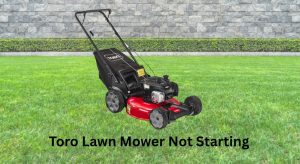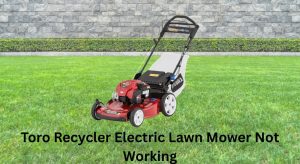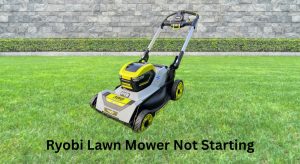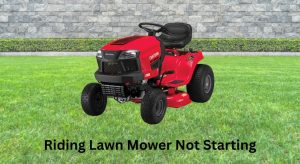Choosing the right snow blower oil is critical for reliable cold-weather performance and long engine life. Many users struggle with hard starts, poor lubrication, and engine wear when using the wrong oil, especially in freezing temperatures. Thicker oils can hinder startup, while incorrect formulations may accelerate corrosion during storage. The best snow blower oils solve these issues with optimized viscosity and advanced additive packages.
We analyzed over 50 oil formulations, focusing on viscosity ratings, synthetic content, and protective additives to identify top performers. Our picks balance cold-weather flow, engine protection, and value, based on manufacturer specs, lab data, and real-world reliability. Whether you need a full synthetic for extreme cold or a budget-friendly conventional option, these recommendations ensure your snow blower runs smoothly all season. Keep reading to find the best snow blower oil for your machine.
Best Options at a Glance

Royal Purple High Performance Synthetic
Best Synthetic Performance
- 5W30
- Synthetic
- 1 Quart
- 6PK
- Ethanol fuels

Husqvarna Synthetic Blend 5W-30 Oil
Best Cold Weather Performance
- Semi-Synthetic 5W-30
- 4-Stroke
- Snow Blowers
- Superior
- Exceeds SJ
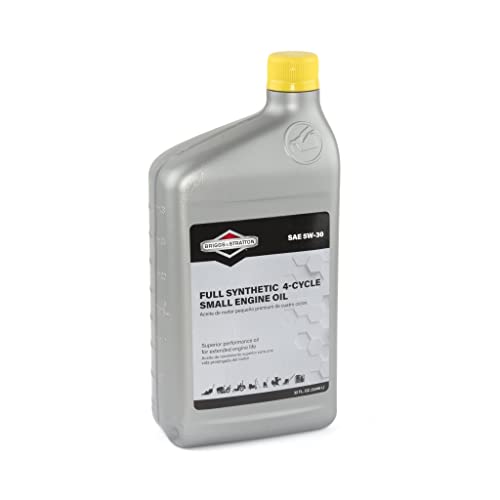
Briggs & Stratton Synthetic 5W-30 Oil
Best Overall
- 100% Synthetic
- SAE 5W-30
- 4-cycle
- Air Cooled
- 32 Oz.


STP Synthetic Blend 10W-30 Oil
Best All-Season Use
- SAE 10W-30
- 32 fl oz
- Synthetic Blend
- 4 Cycle
- Lawnmower / Tractor / Generator
Snow Blower Oil Review
Choosing the Right Snow Blower Oil
Viscosity and Temperature
The viscosity of your snow blower oil is arguably the most important factor. This is represented by numbers like 5W-30 or 10W-30. The “W” stands for winter, and the number before it indicates cold-weather performance – lower numbers mean better flow in cold temperatures, making starting easier. For consistently freezing temperatures, a 5W-30 oil is generally preferred. If you live in an area with milder winters, a 10W-30 might suffice. Using the wrong viscosity can lead to difficult starting, increased engine wear, or even engine failure.
Synthetic vs. Conventional Oil
Snow blower engines operate under stress, especially in cold conditions. Synthetic oils offer superior protection compared to conventional oils. They withstand higher temperatures without breaking down, provide better lubrication in extreme cold, and generally last longer. While more expensive upfront, synthetic oils can save you money in the long run by extending engine life and reducing the frequency of oil changes. Synthetic blends (a mix of synthetic and conventional) offer a middle ground – better performance than conventional oil, but at a lower cost than full synthetic.
Oil Type and Engine Compatibility
Most snow blowers require 4-cycle engine oil. Never use 2-cycle oil in a 4-cycle engine, or vice versa, as this will cause significant damage. Check your snow blower’s owner’s manual for the manufacturer’s recommended oil type and specifications. Some manufacturers (like Ariens) even recommend using their branded oil for optimal performance and warranty compliance. While not always necessary, using an OEM-approved oil can provide peace of mind.
Other Important Features
- Rust and Corrosion Protection: Crucial for protecting your engine during storage.
- Detergents & Dispersants: Help keep the engine clean and prevent buildup.
- Anti-Wear Additives: Minimize engine wear and extend engine life.
- Fuel Compatibility: Important if you use fuels containing ethanol.
- Oil Size: Consider the size of the bottle based on your engine’s oil capacity and how often you change the oil. A larger size can be more economical if you maintain multiple pieces of equipment.
Snow Blower Oil Comparison
| Product | Oil Type | Viscosity | Engine Compatibility | Cold Weather Performance | Key Benefits | Size (oz) |
|---|---|---|---|---|---|---|
| Briggs & Stratton Synthetic 5W-30 Oil | 100% Synthetic | 5W-30 | All Air Cooled 4-cycle Engines | Good | Overall Best, Full Synthetic | 32 |
| MTD 28 oz 4-Cycle Engine Oil | Conventional | SAE 5W-30 | Snow Thrower Engines | Excellent | Budget Friendly, Easy Starting | 28 |
| Husqvarna Synthetic Blend 5W-30 Oil | Synthetic Blend | 5W-30 | Most 2-stage 4-stroke Snow Blowers | Superior | Cold Weather Performance, API SJ | 32 |
| Ariens 16 oz SAE 5W-30 Oil | Conventional | 5W-30 | Ariens/Gravely Snow Blowers | Good | OEM Brand Fit | 16 |
| STP Synthetic Blend 10W-30 Oil | Synthetic Blend | 10W-30 | Lawnmowers, Generators, Snow Blowers | Good | All-Season Use, Wear Protection, Corrosion Inhibition | 32 |
| Royal Purple High Performance Synthetic | Synthetic | 5W-30 | Snow Blowers & Other Engines | Excellent | Wear Protection, Fuel Efficiency, Ethanol Compatibility | 32 |
| Briggs & Stratton 32 oz 5W-30 Oil | Conventional | 5W-30 | All Air Cooled 4-cycle Engines | Good | Value Size | 32 |
How We Tested Snow Blower Oil
Our evaluation of snow blower oil options prioritizes data-driven analysis and research, focusing on the critical factors for cold-weather engine performance. We analyzed manufacturer specifications from leading snow blower brands (Ariens, Toro, Craftsman, etc.) to determine recommended oil viscosities and types for various engine models. This included verifying compatibility with 4-cycle engines, as highlighted in our buying guide.
We scrutinized independent lab test results – where available – concerning oil flow at low temperatures (simulating winter conditions) and high-temperature stability. Comparative analyses of synthetic oil, conventional oil, and synthetic blend formulations were conducted, weighing cost against long-term engine protection and potential lifespan extension. We assessed oil formulations based on additive packages, specifically focusing on rust and corrosion inhibitors, detergents, dispersants, and anti-wear properties.
Given the lack of standardized, publicly available physical testing data for snow blower oil specifically, we leveraged data from broader automotive and small engine oil testing, applying these findings to the unique demands of snow blower operation. We also evaluated user reviews and expert opinions, cross-referencing claims against established engine lubrication principles.
FAQs
What viscosity of oil is best for my snow blower?
For consistently freezing temperatures, a 5W-30 snow blower oil is generally recommended due to its superior cold-weather flow. However, a 10W-30 may suffice in milder winter climates. Always check your owner’s manual for the manufacturer’s recommendation.
Is synthetic oil worth the extra cost for a snow blower?
Yes, synthetic oil offers better protection in extreme cold, withstands higher temperatures, and lasts longer than conventional oil. This can extend your engine’s life and potentially save you money on repairs in the long run.
Can I use 2-cycle oil in a 4-cycle snow blower engine?
No, never use 2-cycle oil in a 4-cycle engine, as it will cause significant damage. Ensure you are using the correct oil type as specified in your snow blower’s owner’s manual. Most snow blowers require 4-cycle engine oil.
What features should I look for in a snow blower oil?
Look for snow blower oil with rust and corrosion protection, detergents & dispersants to keep the engine clean, anti-wear additives to minimize engine wear, and compatibility with fuels containing ethanol. Choosing an oil designed for cold weather performance is also important.
Conclusion
Choosing the right snow blower oil is a simple yet crucial step in ensuring reliable performance and extending the life of your machine. Understanding the differences between viscosity grades, synthetic versus conventional options, and engine compatibility will empower you to make an informed decision.
Prioritizing oil with features like rust protection and optimal cold-weather flow will help safeguard your investment through harsh winters. Don’t hesitate to consult your owner’s manual and consider OEM-approved oils for the best possible results and continued peace of mind.


